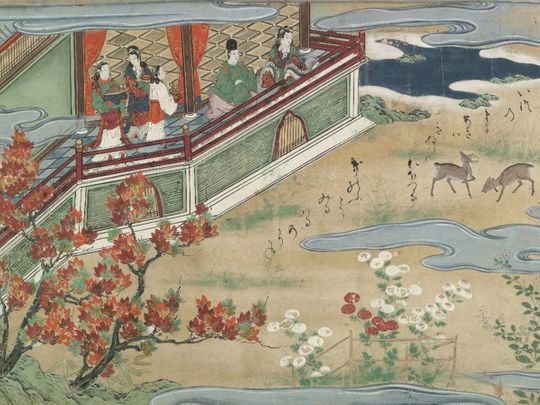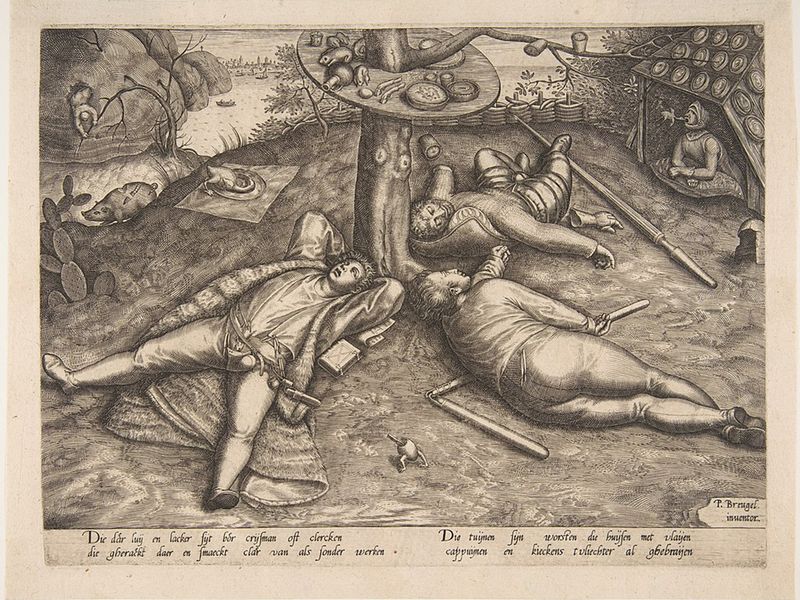
You likely know of the Sahara and Mojave Deserts. But what about Zerzura?
Click start to play today’s desert-themed Word Search.
Over the course of thousands of years, humankind has dreamt up some incredibly captivating places. From desert oases like Zerzura, to sunken cities like Atlantis, these realms represented the daydreams of entire cultures, and the myth and magic of these lands were passed on from generation to generation. Here are a few fabled places, lost to time, that we somehow can’t help wishing we could see with our own eyes:
1. Tir na nOg
The ‘land of the ever young’ in Celtic mythology has a supernatural foundation. It’s thought to exist off the west coast of Ireland, and has its own concept of time, where five days equal three earthy years. Only a lucky few have ever laid eyes on it, according to Celtic legend. The location is said to be the home of the Tuatha De Dannan – a mythical group of Celtic people who were believed to have fae (or fairy) ancestors. To live in Tir na nOg, a rich, verdant land where the trees, flowers and hills remain green all year round, you’d need to get their permission. That is, if you ever find the elusive place.
2. Cockaigne

This mythical locale first began to appear in 12th-century folktales. Seemingly conjured out of every dream of medieval peasants in Europe at the time, Cockaigne was thought to be a kind of utopia where people are able to find comfort and an abundance of food. Cheese was thought to rain from the skies there, and it was a place where geese would roast themselves, come dinner time. Sleeping was also a well-paid job in Cockaigne – a dream come true for assiduous farmers in the 12th and 13th centuries.
3. Alfheimr
As part of the Nine Worlds that comprise the universe, in Norse mythology, Alfheimr is the place reserved for light elves, who live in the highest section of the world. While some parts of Alfheimr are believed to be burning hot, with flowing rivers of lava, other regions are permanently shrouded in mist. But for the most part, Alfheimr is thought to be a fertile land, full of warmth and light, with gracious elf citizens, who – as described in the 12th century – are ‘fairer to look upon than the sun’.
4. Ryugu-jo
In a well-known Japanese folktale, when a fisherman rescues a turtle from some spiteful children, his reward is a trip to the Dragon Palace or Ryugu-jo, which happens to be underwater. The fisherman holds onto the turtle’s back and makes his way there. He finds a massive mansion made of red and white coral (in some versions, it’s made of crystal), and in it, the Dragon King and his beautiful Dragon Princess. The palace has a different season on each side – springtime cherry blossoms bloom by the east windows, while summertime sunflowers line the walls at the sound end. To get a glimpse of the fascinating palace, Japanese myths say you must find a rare rumphius’ slit shell, and peer inside.
5. Themyscira
The legend of the Amazons’ island nation has been around long before it was made famous by the DC Comics universe, and the Hollywood film Wonder Woman. This enchanted city-state is thought to comprise a nation of fierce female warriors. While its representation has changed over the years, the most popular version depicts a serene, ancient but futuristic wonderland, surrounded by turquoise water.
What do you think of these legends? Play today’s Word Search and tell us at games@gulfnews.com.









